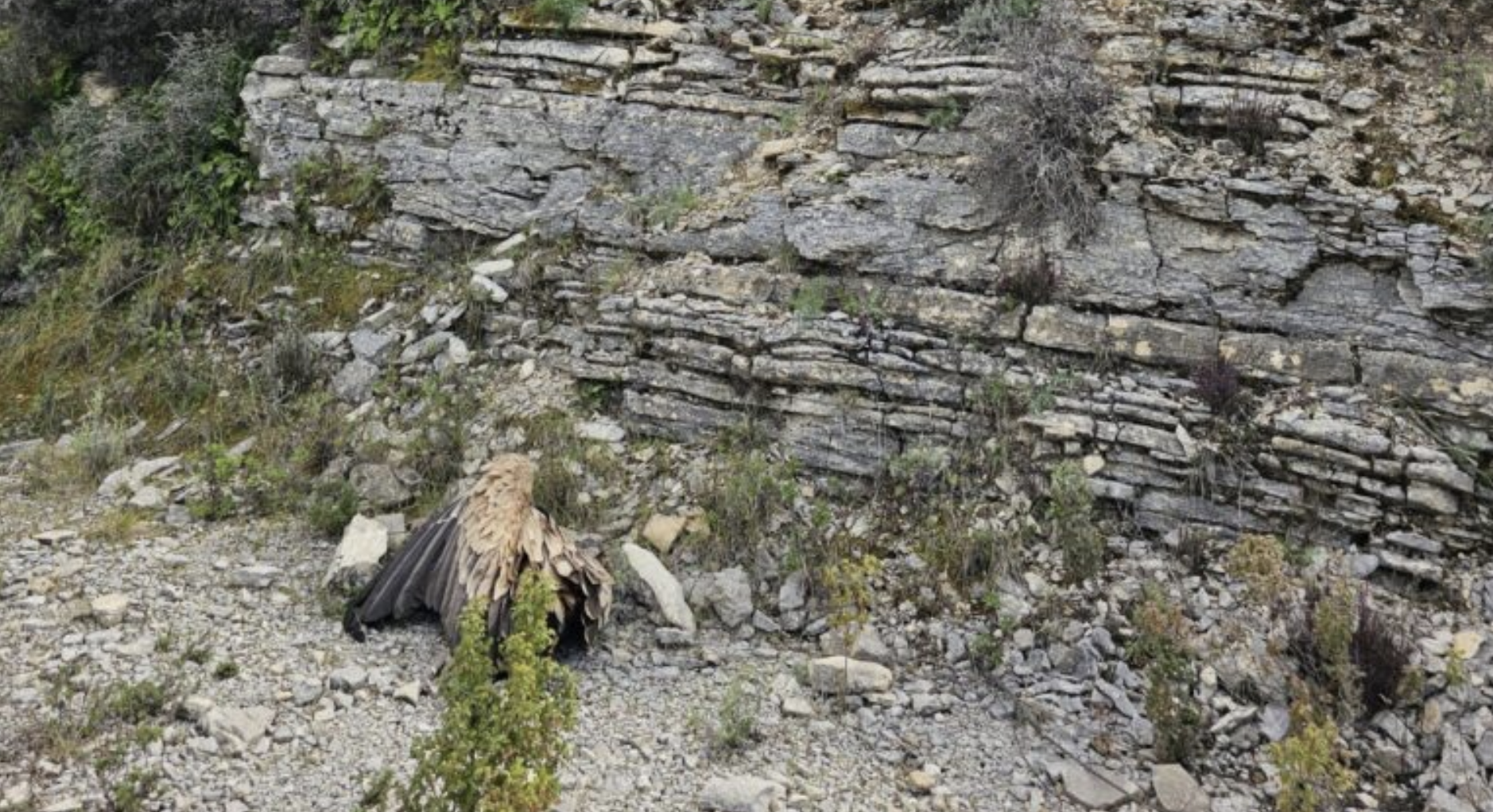On the 5th & 6 of February 12 griffon vultures have been released in the western foothills of the Troodos Mountain in the Republic of Cyprus. The latest release is the last within the project GYPAS, a EU-funded cross-border cooperation project between Greece and Cyprus, that started in September 2011, and finished last year. The project was led by the Cyprus Game & Fauna Service, together with the Cyprus Department of Forests, BirdLife Cyprus, the Natural History Museum of the University of Crete, and the Municipality of Gortyna (Crete).
The birds now released were from the last group from Crete (10 birds), and 2 young born at Limassol Zoo (Cyprus), where a captive griffon pair has reproduced successfully in 2013 and 2014. Six of the released birds were tagged with a GPS-GSM device.
Overall, 25 Vultures have been released in Cyprus, 23 from Crete and 2 from Limassol Zoo, but three of the earlier released birds were recaptured since they were not adapting well to the wild – these were later sent to Israel following a request from the Israeli Nature & Parks Authority to reinforce the captive breeding facility there – the Israeli side will send some fledglings when the birds sent from Cyprus reproduce.
The main target of project GYPAS (http://www.gypas.org/en/index.html) was the reinforcement of the very small Cypriot griffon vulture population (down to 12 individuals), with individuals from Crete where the species has a very favorable status. In total 25 vultures that had entered rehabilitation centers in Crete were sent in 4 groups to Cyprus, from June 2012 to November 2014. All birds were placed in large acclimation cages near two feeding stations, and were later released, except for two birds that had died before release date. 18 of the vultures released were tagged with GPS GSM loggers, and all of them were wing tagged (see photo). No mortality of the released birds has been recorded so far even though some loggers stopped transmitting and/or were lost. Released birds generally cover the whole range of the species in Cyprus (see tracks of one GPS-GSM tagged individual)
The project has also managed three feeding stations that continue to be operational (see photos taken by a camera trap in a feeding station near Limassol – note, data wrong on picture), and included an information campaign targeting schoolchildren, farmers and hunters. Some conservation actions were also carried out in Crete including a genetic study of the vultures in Crete, population and nest monitoring, production of information material, and construction of a raptor feeding station and a hide.
The VCF has participated in an international conference organized to support and advise this project (Photos courtesy of Cyprus Game & Fauna Service)



